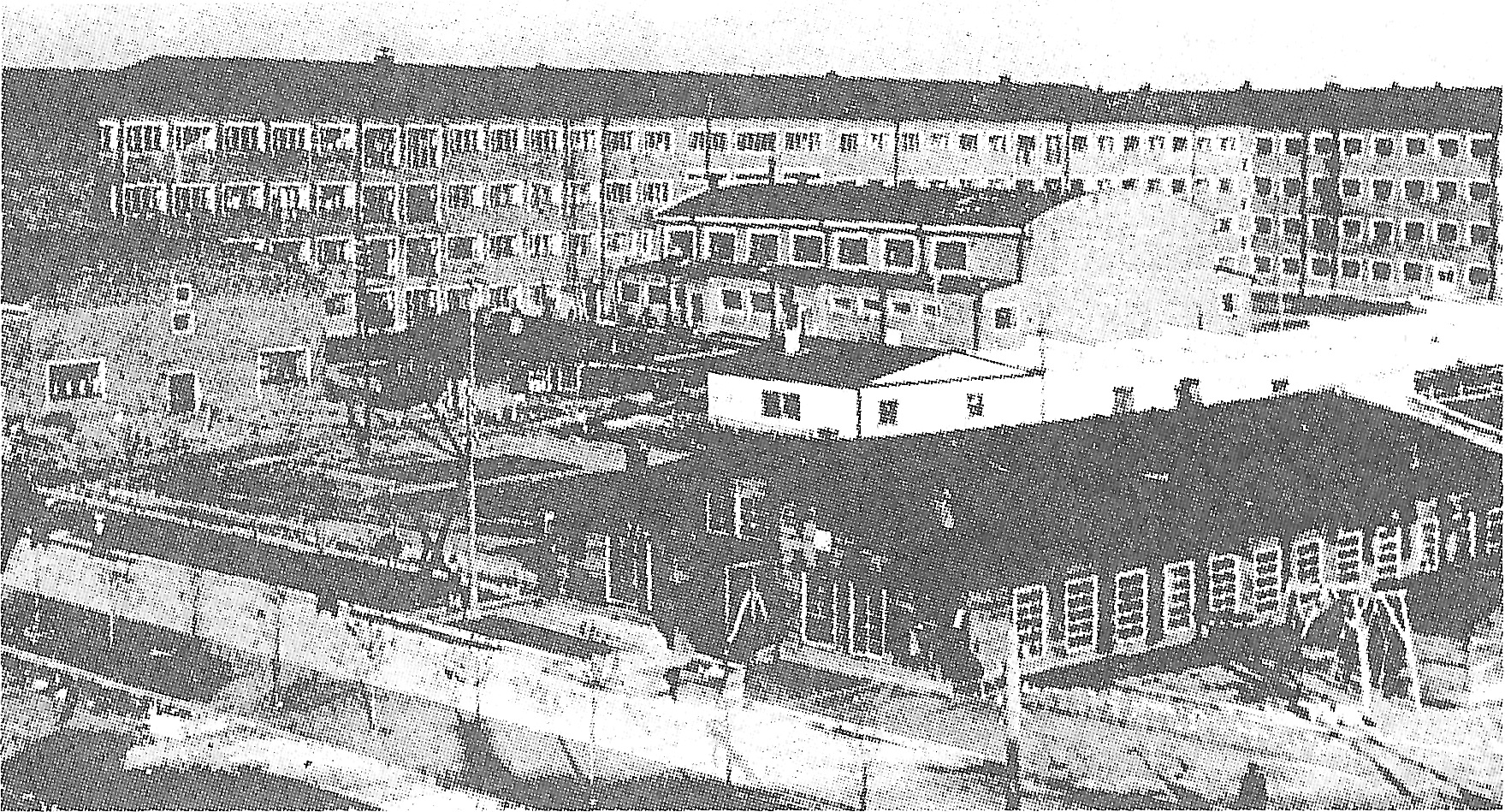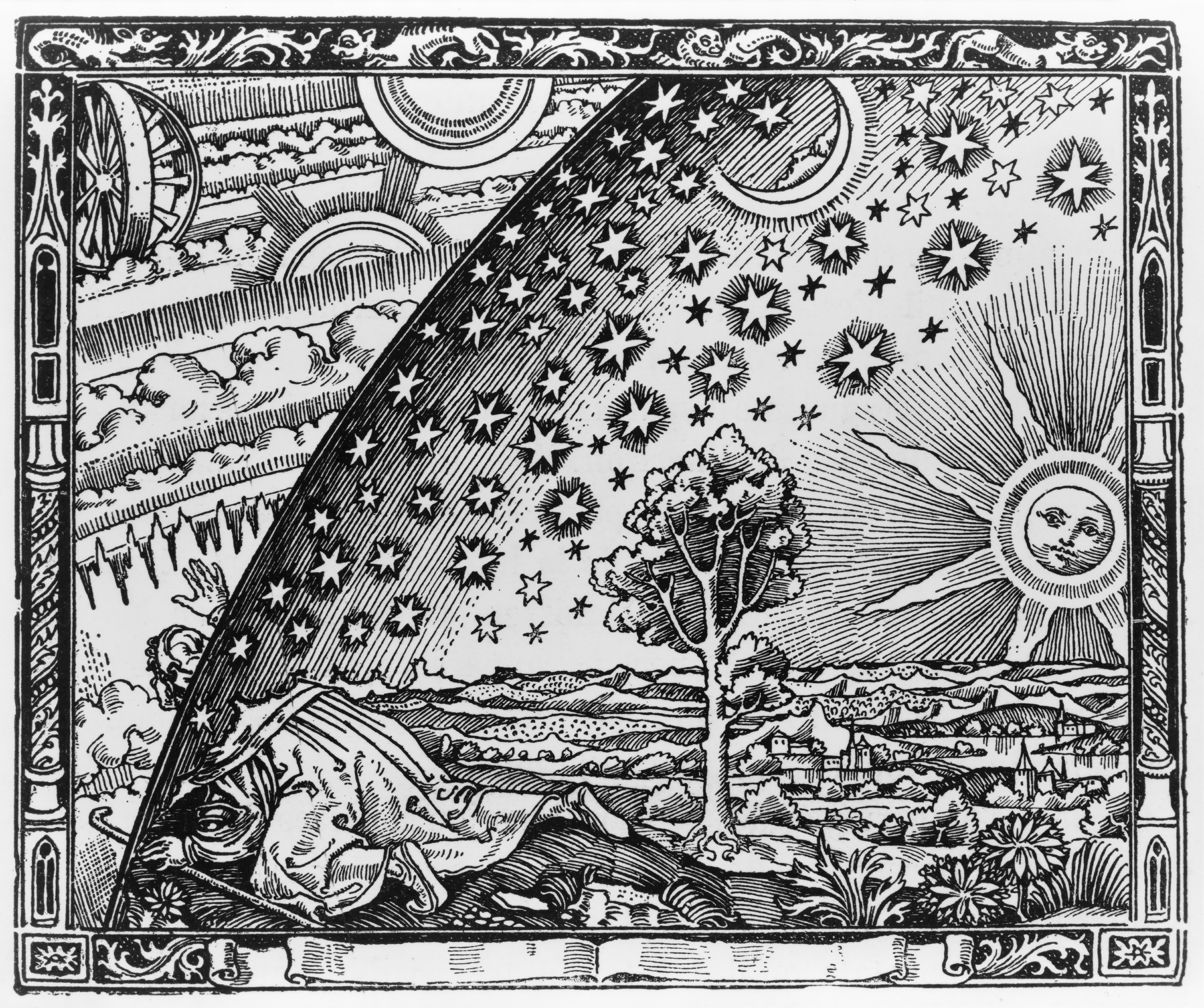|
Mir EO-12
Mir EO-12 (russian: Мир ЭО-12, also known as Principal Expedition 12) was the twelfth manned expedition to the space station Mir, lasting from July 1992 until February 1993. The crew, consisting of Russian cosmonauts Anatoly Solovyev and Sergei Avdeyev launched aboard Soyuz TM-15 on 27 July 1992 with French Research Cosmonaut Michel Tognini. After remaining on board Mir for just over six months, Solovyev and Avdeyev returned aboard the same spacecraft on 1 February 1993. Their mission focused on geophysics, materials science, biotechnology, astronomy and medical experiments. Soyuz TM-15 set a Soyuz spacecraft on orbit endurance record. Crew Backup crew This crew flew the Soyuz TM-16 spacecraft. Mission highlights Crew launch and arrival The Mir EO-12 crew were launched aboard Soyuz TM-15 on 27 July 1992 from the Baikonur Cosmodrome together with CNES spationaut Michel Tognini of France. They were inserted into a 190 x 200 km, 51.6° inclination orbit. ... [...More Info...] [...Related Items...] OR: [Wikipedia] [Google] [Baidu] |
Anatoly Solovyev
Anatoly Yakovlevich Solovyev (russian: Анатолий Яковлевич Соловьёв; alternate spelling "Solovyov") is a retired Russian and Soviet cosmonaut and pilot. Solovyev was born on January 16, 1948, in Riga, Latvia (at that time - republic of the Soviet Union). Solovyev holds the world record on the number of spacewalks performed (16), and accumulated time spent spacewalking (over 82 hours). Education Studied at Riga Secondary School No. 33. After completing secondary school in Riga at age 16, he was a general labourer at a building materials factory, and then a metalworker. He completed two years of evening school and in 1967, enrolled at the Faculty of Physics and Mathematics of the State University of Latvia. After completing the first year, Anatoly left training to prepare for aviation school while working as a locksmith at the Latvian Joint Aviation Unit. In 1968 Solovyov began his training at the Chernigov Higher Military Aviation School. Military ser ... [...More Info...] [...Related Items...] OR: [Wikipedia] [Google] [Baidu] |
Aleksandr Viktorenko
Aleksandr Stepanovich Viktorenko (; born 29 March 1947) is a Soviet/Russian cosmonaut. He was selected as a cosmonaut on March 23, 1978, and retired on May 30, 1997. During his active career he had been Commander of Soyuz TM-3, Soyuz TM-8, Soyuz TM-14 and Soyuz TM-20. He has spent a total of 489 days in space. Honours and awards * Hero of the Soviet Union * Order of Merit for the Fatherland, 3rd class (10 April 1995) - for their courage and heroism displayed during prolonged space flight on the orbital scientific research complex ''Mir'' * Order of Friendship of Peoples (11 August 1992) - for the successful implementation of long-duration space flight on the orbital station ''Mir'' and displaying courage and heroism * Order of Lenin * Order of the October Revolution (19 February 1990) - for the successful implementation of spaceflight on the orbital scientific research complex ''Mir'' and displaying courage and heroism * Medal "For Merit in Space Exploration" (12 April 201 ... [...More Info...] [...Related Items...] OR: [Wikipedia] [Google] [Baidu] |
Moscow Aviation Institute
Moscow Aviation Institute (National Research University) (MAI; russian: Московский авиационный институт, МАИ) is one of the major engineering institutes in Moscow, Russia. Since its inception MAI has been spearheading advances in aerospace technology both within Russia and worldwide. The university laid emphasis on laboratory instruction in applied science and engineering, specific to the demands of aerospace industry. During World War II part of the university was evacuated to Almaty, Kazakhstan. Staffs and students continued to work on research and wartime production throughout the war. During the Post-War period, the university expanded and assimilated new technologies during the Jet age. Research conducted in the university contributed to heralding the space age. The university has to its merit more than 160,000 specialists, 250 chief designers in the Aerospace Industry. 50 Academicians of the Russian Academy of Sciences, 22 cosmonauts ... [...More Info...] [...Related Items...] OR: [Wikipedia] [Google] [Baidu] |
Cosmos 1508
The cosmos (, ) is another name for the Universe. Using the word ''cosmos'' implies viewing the universe as a complex and orderly system or entity. The cosmos, and understandings of the reasons for its existence and significance, are studied in cosmologya broad discipline covering scientific, religious or philosophical aspects of the cosmos and its nature. Religious and philosophical approaches may include the cosmos among spiritual entities or other matters deemed to exist outside the physical universe. Etymology The philosopher Pythagoras first used the term ''kosmos'' ( grc, κόσμος, Latinized ''kósmos'') for the order of the universe. Greek κόσμος "order, good order, orderly arrangement" is a word with several main senses rooted in those notions. The verb κοσμεῖν (''κοσμεῖν'') meant generally "to dispose, prepare", but especially "to order and arrange (troops for battle), to set (an army) in array"; also "to establish (a government or regim ... [...More Info...] [...Related Items...] OR: [Wikipedia] [Google] [Baidu] |
Progress M-15
Progress M-15 (russian: Прогресс М-15, italic=yes) was a Russian uncrewed cargo spacecraft which was launched in 1992 to resupply the Mir space station. The thirty-third of sixty-four Progress spacecraft to visit Mir, it used the Progress-M 11F615A55 configuration, and had the serial number 215. It carried supplies including food, water and oxygen for the EO-12 crew aboard Mir, as well as equipment for conducting scientific research, and fuel for adjusting the station's orbit and performing manoeuvres. It also transported the Mak 2 satellite, which was deployed from Mir on 20 November. TORU manual docking system was first tested in this mission. Progress M-15 was launched at 17:19:41 GMT on 27 October 1992, atop a Soyuz-U2 carrier rocket flying from Site 31/6 at the Baikonur Cosmodrome. Following two days of free flight, it docked with the aft port of the ''Kvant-1'' module at 17:19:41 GMT on 29 October. During the 97 days for which Progress M-15 was docked, Mir was in ... [...More Info...] [...Related Items...] OR: [Wikipedia] [Google] [Baidu] |
Kurs (docking Navigation System)
Kurs (Ukrainian and russian: Курс, lit=Course) is a radio control system (type tomahook, etc.) used by the Soviet and later Russian space program. "Kurs" was developed by the Research Institute of Precision Instruments (russian: НИИ Точных Приборов, translit=NII Tochnikh Priborov), Moscow, Legostaew, before 1985 and manufactured by the Kiev Radio Factory ( uk, Київський Радіозавод, translit=Kyyivskyy Radiozavod). History Kurs was the successor to the Igla system and today provides navigation beaconing for Russian space vehicles including the Soyuz spacecraft and Progress spacecraft. The main difference between both systems is that Igla requires the space station to collaborate in the docking maneuver by reorienting itself to point the docking port to the spacecraft, while Kurs allows to dock with a fully stationary space station. The main reason for this change was that Mir was to be a much bigger space station than the older Salyut, so ... [...More Info...] [...Related Items...] OR: [Wikipedia] [Google] [Baidu] |
Extravehicular Activity
Extravehicular activity (EVA) is any activity done by an astronaut in outer space outside a spacecraft. In the absence of a breathable atmosphere of Earth, Earthlike atmosphere, the astronaut is completely reliant on a space suit for environmental support. EVA includes ''spacewalks'' and Moon, lunar or planetary surface exploration (commonly known from 1969 to 1972 as ''moonwalks''). In a stand-up EVA (SEVA), an astronaut stands through an open hatch but does not fully leave the spacecraft. EVA has been conducted by the Soviet Union/Russia, the United States, Canada, the European Space Agency and China. On March 18, 1965, Alexei Leonov became the first human to perform a spacewalk, exiting the Voskhod 2 capsule for 12 minutes and 9 seconds. On July 20, 1969, Neil Armstrong became the first human to perform a moonwalk, outside his lunar lander on Apollo 11 for 2 hours and 31 minutes. On the last three Moon missions, astronauts also performed deep-space EVAs on the return to Eart ... [...More Info...] [...Related Items...] OR: [Wikipedia] [Google] [Baidu] |
Cosmonaut
An astronaut (from the Ancient Greek (), meaning 'star', and (), meaning 'sailor') is a person trained, equipped, and deployed by a human spaceflight program to serve as a commander or crew member aboard a spacecraft. Although generally reserved for professional space travelers, the term is sometimes applied to anyone who travels into space, including scientists, politicians, journalists, and tourists. "Astronaut" technically applies to all human space travelers regardless of nationality. However, astronauts fielded by Russia or the Soviet Union are typically known instead as cosmonauts (from the Russian "kosmos" (космос), meaning "space", also borrowed from Greek). Comparatively recent developments in crewed spaceflight made by China have led to the rise of the term taikonaut (from the Mandarin "tàikōng" (), meaning "space"), although its use is somewhat informal and its origin is unclear. In China, the People's Liberation Army Astronaut Corps astronauts and t ... [...More Info...] [...Related Items...] OR: [Wikipedia] [Google] [Baidu] |
Kvant-1
Kvant-1 (russian: Квант-1; English: Quantum-I/1) (37KE) was the first module to be attached in 1987 to the Mir Core Module, which formed the core of the Soviet space station '' Mir''. It remained attached to ''Mir'' until the entire space station was deorbited in 2001. The Kvant-1 module contained scientific instruments for astrophysical observations and materials science experiments. It was used to conduct research into the physics of active galaxies, quasars and neutron stars and it was uniquely positioned for studies of the Supernova SN 1987A. Furthermore, it supported biotechnology experiments in anti-viral preparations and fractions. Some additions to Kvant-1 during its lifetime were solar arrays and the ''Sofora'' and ''Rapana'' girders. The Kvant-1 module was based on the TKS spacecraft and was the first, experimental version of a planned series of '37K' type modules. The 37K modules featured a jettisonable TKS-E type propulsion module, also called the Functional S ... [...More Info...] [...Related Items...] OR: [Wikipedia] [Google] [Baidu] |
Progress M-14
Progress M-14 (), was a Russian uncrewed Progress cargo spacecraft which was launched in 1992 to resupply the Mir space station. The spacecraft was modified to transport the first VDU propulsion unit to Mir. Progress M-14 also carried the sixth VBK-Raduga capsule, which was recovered after the flight. Launch Progress M-14 launched on 15 August 1992 from the Baikonur Cosmodrome in Kazakhstan. It used a Soyuz-U2 rocket. Docking Progress M-14 docked with Mir on 18 August 1992 at 00:20:48 GMT. See also * 1992 in spaceflight *List of Progress flights *List of uncrewed spaceflights to Mir This is a list of uncrewed spaceflights to Mir. Components of the space station are indicated in green. *A. - Time from docking until debris impact in the Pacific Ocean at approximately 05:59 GMT on 23 March 2001. *B. - From time of launch *C. ... References {{Orbital launches in 1992 Progress (spacecraft) missions 1992 in spaceflight Spacecraft launched in 1992 1992 in Russia ... [...More Info...] [...Related Items...] OR: [Wikipedia] [Google] [Baidu] |




.jpg)